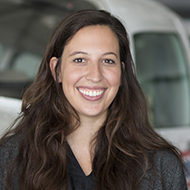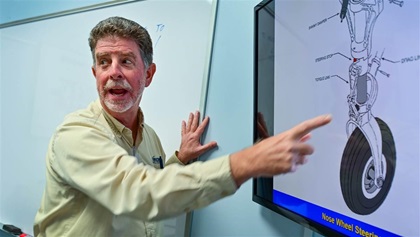Virtual Learning
Simulator instructors make it real

Now, he is a simulator instructor and program manager of the PC–12 training program at SimCom.
One benefit of sim instruction is its consistency—there’s no need to cancel because of weather and after initial training, customers return for recurrency. Unlike other pilot jobs, sim instructors are likely to be home every night, offering a more traditional schedule while remaining involved in aviation. And since instructors don’t have to act as pilot in command, it is a great option for pilots who may otherwise be unable to instruct.
“When I could no longer fly professionally because of a medical issue and I decided to get back into the industry, SimCom just happened to have a vacancy in their PC–12 program. The timing was good for SimCom, and the timing was good for me,” Martin said.
Sim instructors don’t necessarily need time in the aircraft they might instruct in. Martin said instructors teaching with no real-world experience in a platform is “quite common in this industry.”
One might think that sim instructors train only one type of student—a professional pilot on the way to a type rating or completing training for a job. But that’s not the case.
“I’ve had customers in the 300-hour total time range, I’ve had customers with 30,000 hours. I’ve had customers with zero type ratings and customers with five certificates because they have so many type ratings and everything in between. It presents certain challenges, but it also makes it fun.”
Martin noted that a huge part of simulator flying is preparing for when things go wrong. “Simulators afford us the opportunity to do things we can’t practice as safely in a real airplane.” He said one of his favorite parts of the job is preparing pilots for those unlikely moments and helping them achieve their training goals.
“Any aircraft is relatively easy to fly when everything works,” said Martin with a chuckle. “Unfortunately, not everything works all the time.” FT

 Qualifications: Commercial with CFII, ATP preferred
Qualifications: Commercial with CFII, ATP preferred

